Understanding the dynamics of the soil seed bank
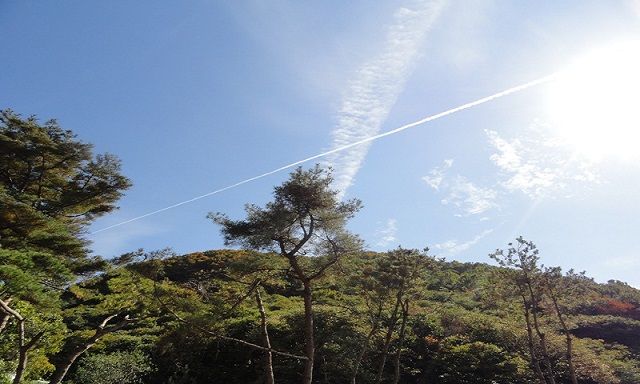
Good day to dear readers. Hope your week has been pleasant so far. In my last post, I introduced the ecological phenomenon of soil seed bank, what it means, its importance and how the physiological behaviour of seeds influence the soil seed bank. Today, I am going to be elucidating on the processes that bring about changes to the seed bank and the consequences on some other ecological processes that takes place within the vegetation.
Seed bank and seed dispersal mechanisms
The soil seed bank reflects the historical process of the plant life cycle, from its establishment in the environment to the distribution in time and space. The dynamics of a seed bank evolves a series of events of seeds from the bank, in relation to time in which the input is determined by the seed "rain". The ways of dispersal of seeds includes passive forms, mechanical ejection of seeds, wind, water and animals.
The importance of seed dispersal has been increasingly recognized as an essential process that underlies forest community structure and dynamics. Some of the dispersed seeds that constitute the seed rain are lost to predation and disturbance activities by animals and insects while some are lost to decay by pathogens and adverse climatic conditions. The surviving seeds are either re-dispersed or form part of the soil seed bank and they physiologically respond to various environmental stimuli such as disturbance regimes and climatic conditions to reversibly form active soil seed bank which readily germinates into seedlings or dormant soil seed bank which could become active if the conditions are right.
Seed bank and disturbance regimes
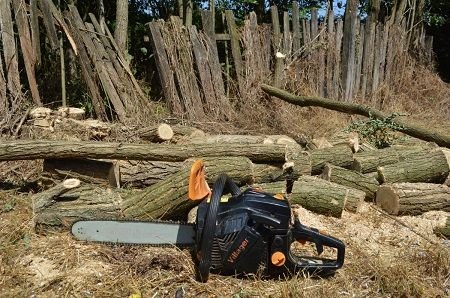
Disturbance regime ranges from agricultural activities to logging of woods, fuel-wood gathering, forest conversion to other usage apart from agriculture and much more. The soil seed bank will always act to stabilize and ensure species survival in agro ecosystems where the soil is in frequent state of disturbance. Disturbances are in many systems crucial for the persistence of plant population and their extent, return interval and regularity may have a large impact on population dynamics. Surface disturbance of soil have varied impact on the condition of surface soil which in turn influences the soil seed bank dynamics.
Land preparation for cultivation and crop rotation are the two primary agricultural practices that generate impacts on weed seed banks. Although these land preparation practices are used in order to control weeds, break soil surface hardness, and increase aeration; consequently, seed germination is stimulated because of the seed dormancy break by light, alternated temperature, water and nitrate ions.
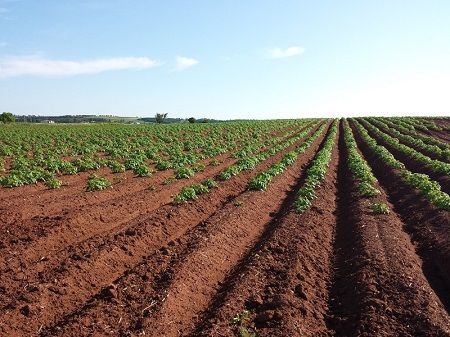
Scientists have opined that the method employed in land preparation influences how seeds are dispersed in the soil profile; the management at same depth favors a uniform distribution of the seeds in the soil profile, finding lower seed populations deeper in the soil. In a particular study on disc plow versus disc harrow land preparation systems, it was observed that the predominance of weed seeds is closer to the surface after disc harrowing. In another study of the influence of land preparation types over the seed bank, more than 70% of the seeds were present in the layer of 0-5 cm in plots where no mechanical method was used, and about 30% for plots mechanically managed.
Some weed species may present higher intensity of emergence in the no till planting than in the conventional till. The action of external factors is less intense for the seeds that are buried in the soil profile, where the conditions are more uniform. It has been found that no till and superficial tillage tends to reduce the amount of seeds at the soil surface shed by plants, since there is induction in the germination or loss of viability. Seed banks are rapidly reduced by the presence of seeds at the superficial layer of the soil and frequent cultivation of such soil. This situation can facilitate seed predation by exposure of seeds to variations in temperature and humidity, and breaking their dormancy. However, the rate at which soil seed banks are depleted depends on the seed producing capabilities of the species occupying such soils.
In year 2005, Todd and his team of researchers carried out an assessment of seed banks associated with disturbances at Fort Irwin National Training Center, California and arrived at the inference that disturbances to soil surfaces can have enduring effects on the diverse vegetation communities. Because the upper portion of desert soils contain the majority of the seed bank and a large percentage of the organisms that are associated with nutrient cycling, surface disturbance can have a profound impact on the regeneration of degraded desert communities. Thus, Todd and his team concluded that natural abundances of seeds of annual and perennial species varied between trenched and compacted sites as well as location along disturbed and undisturbed boundary. When vegetation is lost through soil surface disturbance, seed banks are not readily replenished. Consequently, seeds from nearby undisturbed areas are moved onto the disturbed site by wind for some plant species with large seed that are not easily dispersed, by ants and small mammals. Research has also shown that the total number of seeds fluctuated across nearby sites in County Durham, England ranging from a highly disturbed site (a quarry) to a woodlot representing a long undisturbed site.
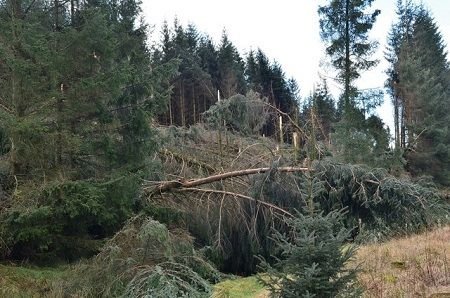
Numerous tropical and temperate forest studies have also suggested that small disturbances that produce canopy openings are important for population dynamics of forest trees and to forest composition, structure and heterogeneity. In 1995, Yamamoto and his coworkers reported that natural disturbance at various scales are also needed in order to maintain tree species diversity. In addition, differing regimes of disturbances are powerful ecological tools that can be used to determine the spatial, size and age distributions of population of plants.
Thus, all the various forest ecosystems in the world are sure to undergo a cycle of disturbance and regeneration. Disturbance increases spatial and temporal heterogeneity of light, temperature, moisture, nutrient regimes and seedbeds, and creates mosaics of sites that favour the regeneration of different species. Sletvold and Rydgren studied the interaction of disturbance and seed bank dynamics in Digitalis purpurea population and observed that disturbance pattern will govern dynamics and persistence in all kinds of habitats in population of the plant. They opined that in population with low disturbance rate and scarce recruitment, seed bank longevity is the key to persistence.
Seed bank and invasive species
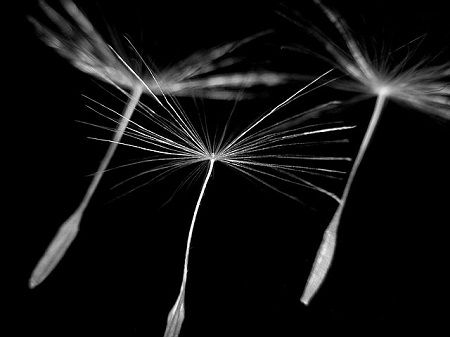
In highly disturbed populations, recruitment will be high, rapidly depleting the seed bank in the absence of new seed production. Reproduction then becomes vital to secure replenishment of the seed bank. In their study of soil seed bank dynamics in Tithonia diversifolia dominated fallow land vegetation in Ile-Ife area of Southwestern Nigeria, Oke and his team reported that the emergence of species from soil seed banks may be due to the impact of invasive species. Invasive species introduction into an environment is either a deliberate or otherwise act of human activities. The presence of invasive species has the capacity to profoundly alter the seed bank of the invaded community. Results of research to study the impact of Gunnera tinctoria invasion on soil seed bank showed that both transient and persistent component of the seed bank of invaded communities were significantly less diverse and abundant than those of un-invaded areas.
The result from Oke and his co-researchers confirmed the observation of Alvarez-Aquinos in 2002, who reported that disturbance produced by human activities may influence the size and composition of soil seed bank in forest fragments. Results in their research to examine the disturbance effects on seed bank of Mexican cloud forest fragments showed that sites where human activities has been reduced showed the highest proportion of dormant seeds.
The use of herbicides may increase or decrease and or can also influence the species composition of the seed bank depending on the chemicals used; moreover, they can also cause species shifting. Research has shown that application of atrazine to a cornfield for a period of six years was found to reduce the seed bank of the site by 98%. In general, it can be said that the synergistic effects of herbicides, land preparation and cultural practice have altered the size and nature of seed banks.
Seed bank and global climate change

Perhaps one of the most influencing factors of soil seed bank dynamics is the issue of global climate change. Wet areas are becoming dry, dry areas are experiencing more rainfall and carbon (iv) oxide is increasing in an alarming rate. According to Leishman and his team of researchers, warming of winter and increased summer rain are reducing the amount of viable seeds in the soil seed banks.
Global climate change in the tropics will have effects on the amount of precipitation that will water tropical trees and vegetation. This will in turn create a multiplier effects on the soil seed banks. Increase in temperature due to global climate change has made wildfires to become more prominent feature in our ecosystems. These wildfires affect the vegetation and soil seed banks of ravaged ecosystems as shown by several researches.
Thank you for reading.
References
1. [Alvarez-Aquino, C. (2002). Regeneration of tree species in Mexican cloud forest. PhD Thesis. University of Edinburgh, Scotland, UK. ]
Image credits
*All images are from free sources
This is a great write up sir.Soil seed bank
I think that all hands must be on deck to checkmate climatic change before we abruptly put this world to an end.Human activities daily Is affecting ecosystem
Just imaging if all the seed are destroyed by our action on the earth.Man zeal to overtake every where is destroying other creation,like plants seeds.Great work from @gentleshaid
I did not know anything about ecology and seed bank dynamics. Before I read your article, all I knew was that we should plant more trees and preserve the environment. Now I know how the activities of man affects the dynamics of the soil seed bank and therefore the environment. A detailed post and those references must have taken you some real time.
It seems you are an expert in this field because your work looks ready for publication in a professional journal. Well done.
Thank you sir. Yes, you are absolutely right. Even though several people know me as "plant doctor", plant ecology is actually my core area. Reseaching on it takes time but i am not doing it just for steemit, you know. This is also for the future.
Thanks for coming around. Hoping to see more of you here :)
Most definitely it is for the future. If we could not write, we could not have developed. It is good to be here and I will be here often going forward. Thank you.
What a good post! This is not only meant for Farmers, but a must read for everybody who cares. Thanks for adding to knowledge.
You are welcome
Good